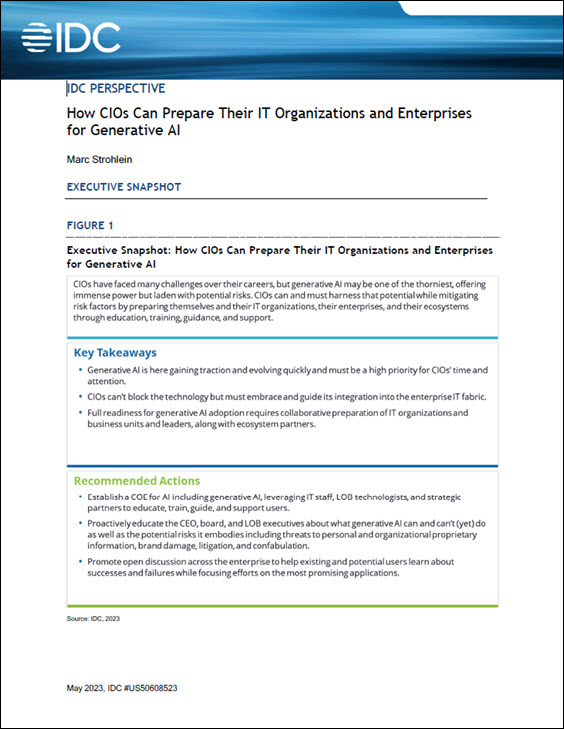 School shootings are now occurring on an all-too-regular basis and as a result these tragedies have revived an enduring controversy about gun control in the U.S. Gun-control advocates believe that widespread gun ownership increase the rate of gun-related crime and homicide while pro-gun advocates argue that gun availability actually decreases gun violence because potential perpetrators are less likely to commit such crimes if they believe citizens are armed. Which is the correct view? Can data provide a sense for which is a more accurate picture of reality?
School shootings are now occurring on an all-too-regular basis and as a result these tragedies have revived an enduring controversy about gun control in the U.S. Gun-control advocates believe that widespread gun ownership increase the rate of gun-related crime and homicide while pro-gun advocates argue that gun availability actually decreases gun violence because potential perpetrators are less likely to commit such crimes if they believe citizens are armed. Which is the correct view? Can data provide a sense for which is a more accurate picture of reality?
A recent paper published in PLos ONE, two UC Irvine mathematicians, Dominik Wodarz and Natalia Komarova, describe an elegant mathematical model to answer just these questions. Knowing how controversial this subject has become, the research suggests in an extremely cautious way that more guns make things worse. The title of the paper is “Dependence of the Firearm-Related Homicide Rate on Gun Availability: A Mathematical Analysis” and can be downloaded HERE.
It’s time to bring a scientific framework to this problem,” said lead author Dominik Wodarz, a mathematical biologist who works on disease and evolutionary dynamics. His co-author and wife, Natalia Komarova, a mathematician who studies biomedical and social trends, added: “Can we design a rational way to argue about guns?”
Wodarz and Komarova’s model is explicitly designed to address gun-control policies and their effects. Care was taken to avoid correlations that are difficult to interpret due to the complexities of modeling social phenomenon. At the core of the model is the rate of gun ownership. Strict laws might lower the rate and permissive laws might increase it. The goal of the model is to clarify what assumptions are necessary to measure the effect of overall gun ownership on the rate of firearms related homicides.
The duo reviewed available data stretching as far back as World War I, then drew up equations to compute whether policies ranging from a total firearm ban to “arm everyone” increase or decrease homicides. Some of the assumptions of the model include: a positive relationship between the number of gun owners and the number of potential gun-related attackers, and a negative relationship between the rate of gun ownership and the likelihood that a gun-wielding attacker actually uses a weapon. Other factors included in the model are the risk of dying in a gun attack, and the availability and take-up of illegal arms in the face of varying levels of gun control. But the key insight is that there are essentially two perfect worlds – one in which no one owns a gun and one in which everyone owns a gun. Our society is now in between these two points.
Using their best guess about values estimated or implied from the existing research literature, Wordarz and Komarova show that their model implies that stricter laws are the best way to reduce gun deaths. But they are quick to point out that there are some assumptions that are vital to the model for which we have no reliable measure. At least this is a positive attempt to apply scientific methods toward studying this very important issue. You can read the paper and judge for yourself.
[Note: shown on the blackboard in the inset picture of the authors, we see the parameter c which describes the fraction of people who take up their legal right of gun ownership and have the firearm in possession when attacked, and the fraction of people owning guns in the population defined by the legal possibility and ease with which guns can be acquired is represented by g. So if the relationship involving c on the blackboard holds, then then any decrease in g will reduce the gun-related homicide rate.]
Sign up for the free insideAI News newsletter.





You don’t need data nor a model to conclude that more guns create more deaths, not less. Likewise, more cars on the roads means more accidents (unless there are so many cars that traffic comes to a halt). This is logic 101 stuff.